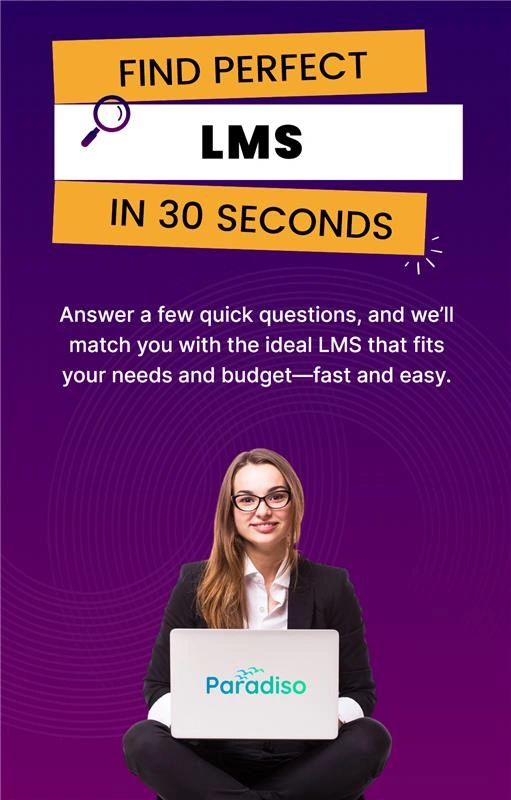Introduction: The Challenge of Alumni Engagement in Higher Education
Universities worldwide understand that building strong, ongoing relationships with alumni is vital for institutional growth, reputation, and community building. However, maintaining lifelong connections has become increasingly challenging due to evolving communication channels, changing alumni expectations, and limited resources.
One key difficulty lies in sustaining consistent communication. As alumni spread across different regions and pursue diverse careers, personalized and sophisticated outreach becomes essential. A 2022 report by the Council for Advancement and Support of Education (CASE) indicated that nearly 60% of institutions face barriers like message overload and communication fatigue, which can lead to disengagement and reduced participation in alumni activities.
Financial constraints further complicate these efforts. Maintaining active alumni networks demands dedicated staff, advanced Customer Relationship Management (CRM) systems, and ongoing event planning—requiring substantial investment. Smaller colleges and universities often struggle with these resource demands, which limits the scope of their engagement initiatives.
Start Scaling Your L&D Today with Free Tools
Unlock the Potential of Free Tools to Revolutionize Your Learning Strategy!
The Power of Lifelong Learning Programs in Building Alumni Loyalty
Addressing these challenges is crucial because engaged alumni can significantly contribute through mentoring, donations, and advocacy. Data from the National Association of College and University Business Officers (NACUBO) highlights that alumni contributions sometimes comprise over 20% of institutional revenue—underscoring the financial importance of fostering loyalty.
Moreover, lifelong relationships foster a sense of community and belonging. When alumni feel connected to their alma mater beyond graduation, they are more likely to participate in events, volunteer, and support the university’s mission—creating a vibrant, mutually beneficial ecosystem.
Implementing ongoing learning initiatives, such as professional courses and networking opportunities, plays a vital role in nurturing this relationship. These programs showcase the university’s commitment to alumni success, helping to forge lasting bonds that benefit both parties.
Leveraging Free LMS Platforms to Deliver Impactful Learning Experiences
Utilizing free Learning Management Systems (LMS) offers a practical, cost-effective way to implement lifelong learning programs. They help institutions deliver high-quality education and professional development without the need for significant financial investment.
Key benefits include:
- Cost efficiency: Free LMS platforms eliminate licensing fees, allowing organizations to focus resources on content and engagement rather than infrastructure.
- Ease of deployment: Many platforms feature user-friendly interfaces for quick setup and management, enabling rapid rollouts.
- Customizability: They support diverse content types—videos, quizzes, forums—tailoring learning experiences to learners’ preferences.
- Scalability: Free LMS solutions can accommodate growing learner populations seamlessly.
- Accessibility: Cloud-based platforms enable learners to participate anytime, anywhere, promoting inclusivity.
- Data insights: Built-in analytics support continuous program improvement by tracking engagement and performance.
🚀 Ready to See Paradiso LMS in Action?
Let’s show you how Paradiso LMS can work for you.
Paradiso LMS: The Ideal Partner for Universities’ Lifelong Learning Initiatives
In today’s educational landscape, Paradiso LMS emerges as a leading platform tailored to meet the evolving needs of higher education institutions. It offers extensive customization options, empowering universities to create personalized digital learning environments aligned with their branding and educational goals.
With features like interactive multimedia content, gamification, discussion forums, and real-time analytics, Paradiso LMS fosters engaging and active learning experiences that drive student and alumni participation. Its mobile-friendly design ensures access across devices, supporting flexible learning anytime and anywhere—crucial for busy professionals and lifelong learners.
The platform’s cloud-based infrastructure minimizes upfront costs and simplifies maintenance, providing a scalable, secure, and continuously updated solution. By partnering with Paradiso LMS, institutions can build sustainable lifelong learning programs that are cost-effective, engaging, and adaptable to future educational demands.
Boost Alumni Engagement with Free LMS Today.
Keep Alumni Connected – Try Paradiso Free LMS!
Actionable Strategies for Implementation and Success
Successful deployment of free LMS-based lifelong learning programs requires strategic planning and ongoing management. Here are essential best practices for universities:
1. Define Clear Objectives and Learning Outcomes
Set specific, measurable goals to guide content development and engagement efforts. Use SMART criteria—Specific, Measurable, Achievable, Relevant, Time-bound—to refine objectives.
2. Select the Right Free LMS Platform
Choose a platform like Moodle, Canvas, or Google Classroom that aligns with your technical capacity and learner needs. Ensure it supports mobile access and is user-friendly.
3. Develop Engaging and Diverse Content
Incorporate multimedia—videos, podcasts, interactive quizzes—and facilitate peer interactions through forums and assessments. Regular updates keep content relevant and stimulating.
4. Foster Active Learner Engagement
Encourage participation with gamification, recognition, and timely feedback. Real-world projects and collaborations boost motivation and retention.
5. Ensure Accessibility and Inclusivity
Design content with accessibility in mind—use subtitles, provide multiple language options, and accommodate various disabilities to broaden reach.
6. Utilize Metrics for Measuring Success
Track KPIs such as enrollment rates, completion percentages, engagement levels, and feedback through LMS analytics. Use insights for continuous improvement.
7. Promote Program Visibility and Partnerships
Advertise through websites, social media, and alumni networks. Collaborate with industry and government partners to increase relevance and reach.
8. Provide Support and Pursue Continuous Improvement
Offer technical support, orientation sessions, and mentorship. Regularly gather feedback for iterative enhancement, ensuring sustained relevance and engagement.

















